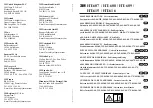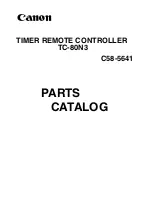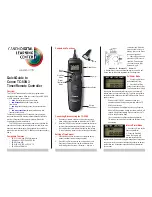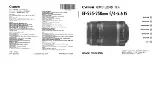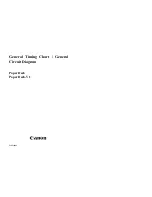
User Manual
iSiteC BTS3601C CDMA Base Station
BTS Maintenance
Chapter 4 Fault Analysis and Locating
4-3
This function provides a very efficient approach for identifying faults occurred in call
connection or BTS-BSC signaling interworking. Given this information, engineers can
easily locate root cause and figure out follow-up actions.
VIII. Loopback test
Loopback test is a common approach to verify normal functioning of transmission
equipment and trunk parameter setting. Loopback test is a kind of self-sending an d
self-receiving method. By performing this test, engineers are able to check
transmission equipment, channel, service status, and signaling interworking.
Two loopback modes are available: Software loopback and hardware loopback. The
former is easier to perform and more flexible but less reliable than the latter.
Conventional loopback tests are E1 loopback test and optical fiber loopback test.
&
Note:
When E1 outloop test is activated on the BSC side, the time parameter is mandatory. Otherwise the BTS
will be kept in the disconnected status all the time unless the BTS is reset on the site.
IX. Contrast/Conversion
In the contrast mode, the user can compare the faulty part or phenomenon with the
normal part or phenomenon so as to detect the dissimilarity and locate the fault. This
method can be used in simple fault cases.
After spare parts are used, the fault range or location still cannot be specified. In this
case, the user can interchange the normal parts like boards or fiber with the possible
faulty parts, and then detect the change on operation status. In this way, the fault range
or fault location can be detected. This method can be used in cases with complex fault
ranges.
&
Note:
Interchanging is a risky operation. For example: A board in short-circuit status, if interchanged to a normal
subrack, may damage the normal subrack. Therefore, the use of this method is requires great care. Do not
use it unless you are sure that it will not cause new faults































